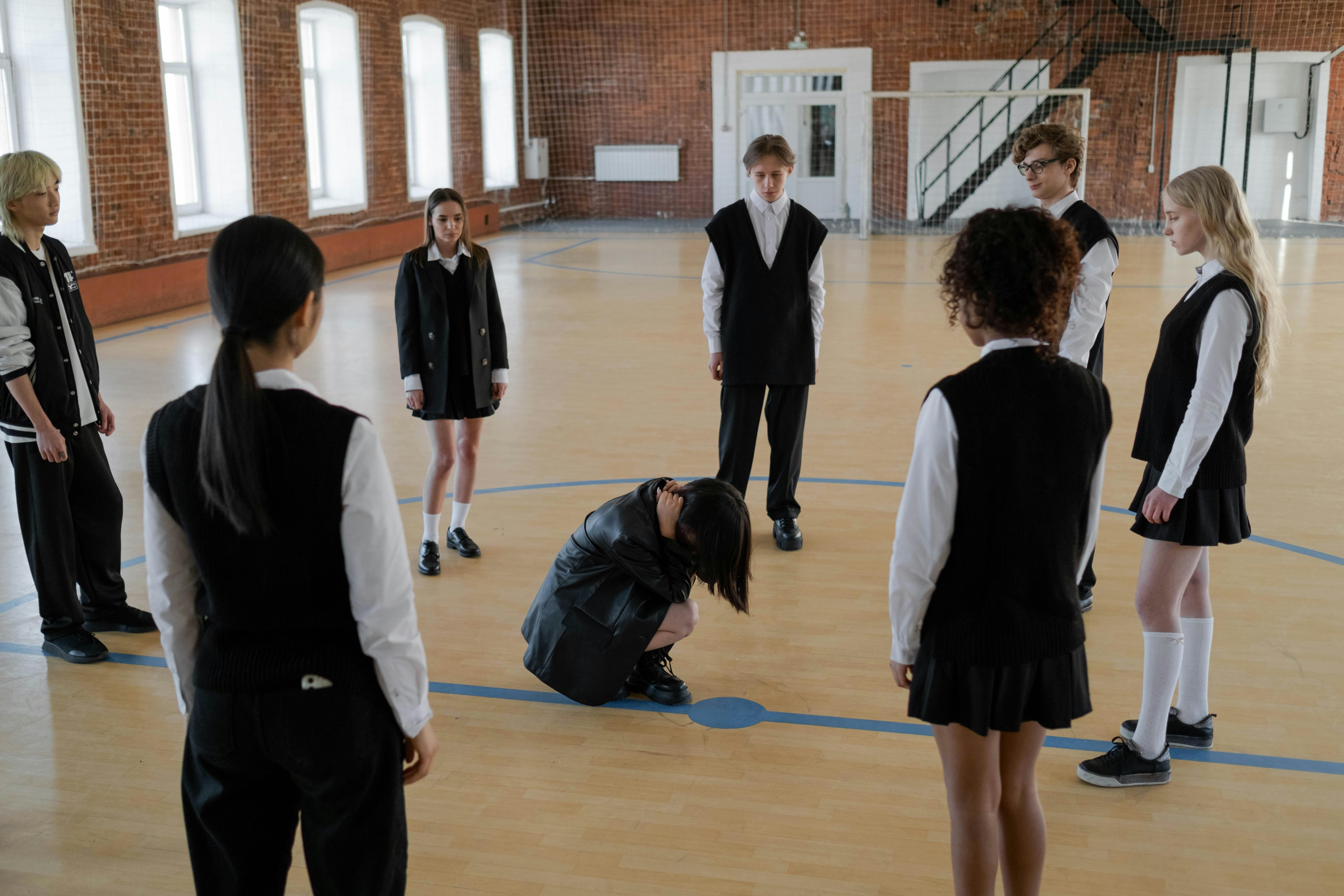Bullying is universally recognized as a prevalent social issue that communities must collectively address. This is largely due to its profound and long-lasting effects on both the bullies and the victims. Recent scientific research dived into the specific effects bullying has on our youths’ bodies—ascertaining and acknowledging these findings is vitally important for parents, guardians, teachers, educators, and us to become aware of what victims around us are suffering through.
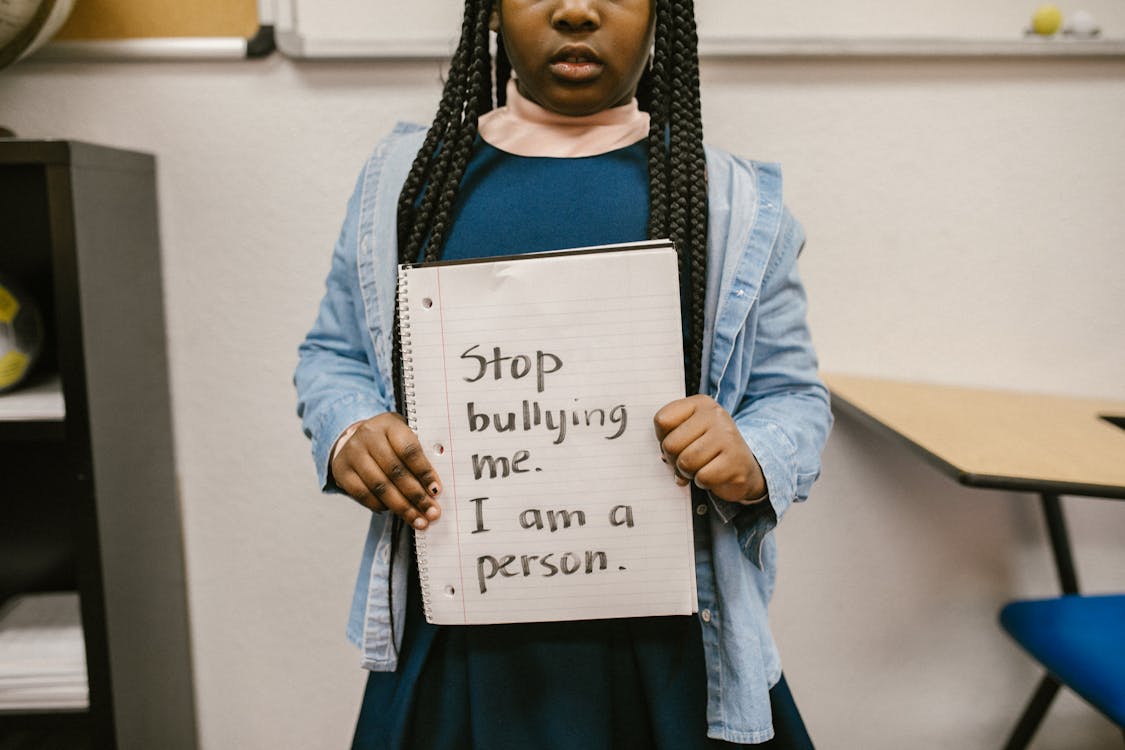
-
Education and Academic Performance
As students, the most easily identified impact of bullying is on academic performance. According to a study published in 2007, bullying has a profound effect in hindering “human capital accumulation” in students (Brown et Taylor., 2007). This simply means that victims find it more difficult to learn essential knowledge and skills that enable them to later contribute to society as healthy individuals. Moreover, this “adverse effect” on learning will not stop after childhood, continuing as youth enter adulthood (Brown et Taylor., 2007). For instance, the victim’s reduced “educational attainment” may result in receiving lower wages in the future (Brown et Taylor., 2007). The repercussions of bullying is unmeasurably long-lasting; the trauma may be ingrained in victims’ memories for decades. Students who suffer from interpersonal abuse are likely distracted from schoolwork, accounting for the visible decrease in course performance.
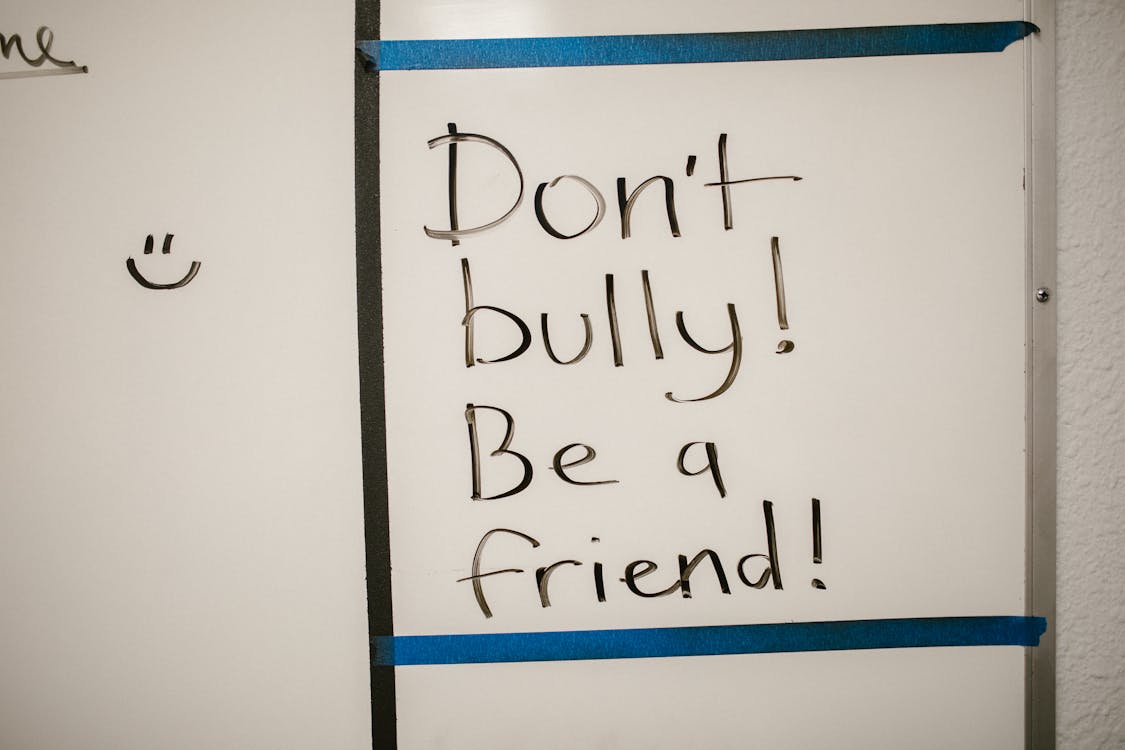
Another research that specifically investigated how bullying affects students’ mathematical performances found similar results. Published in 2017, this study revealed the adverse effects of bullying on students’ performances in math (Oliveira et al., 2017). Further, the researchers also reported techniques that help students to respond to bullying. For instance, in the study, it was stated that fostering social-emotional skills in students will better arm them to “deal with bullying.” (Oliveira et al., 2017)
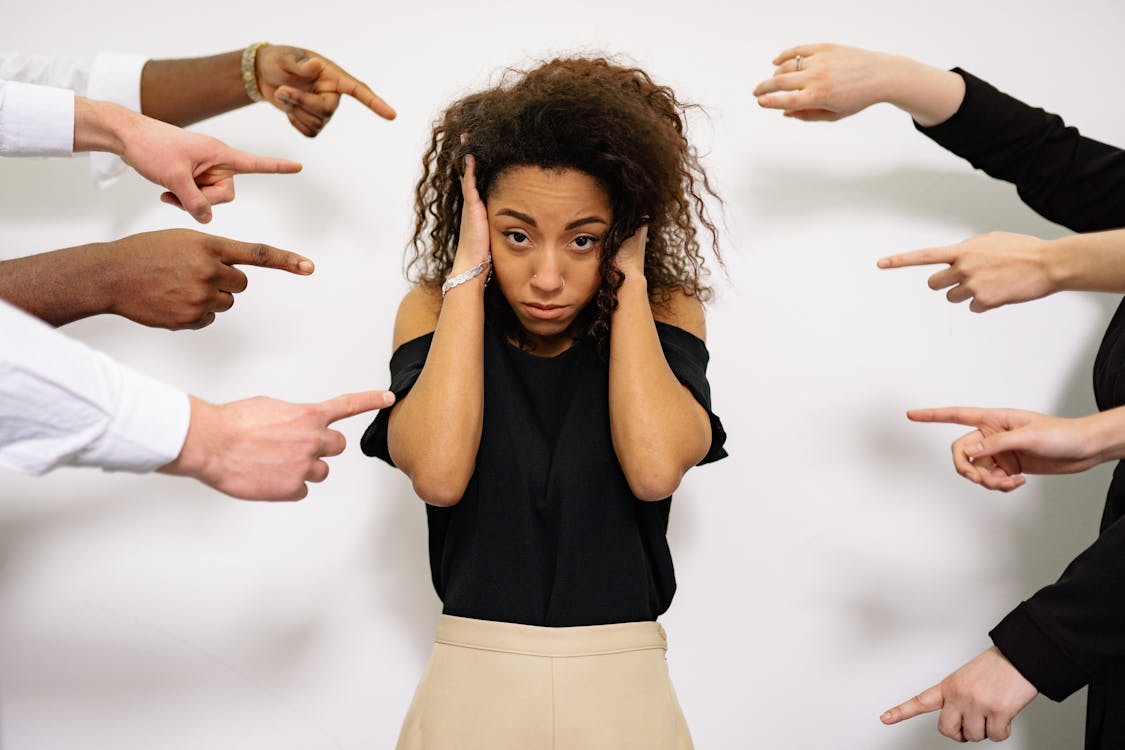
2. Criminality and Violent Tendency
Bullying can be understood as an example of power inequality; where the privileged abuse their power over the underprivileged. Due to this power imbalance, oftentimes, violence is involved due to the victim’s inability to defend themselves. The effects of bullying are not only endured by the victims; they are also present and influential to the bullies’ future behaviours as well.

In a study published in 2015, scholars found that victims of bullying are at higher risk of internalizing disorders.” (Klomek et al., 2015) “Internalizing disorders” are results from internal negative emotions and distress (e.g. depression and anxiety). In contrast, bullies have an elevated risk of externalizing disorders and future criminality in violent crimes (Klomek et al., 2015). In contrast to internalizing disorders, externalizing disorders refer to conditions that are impulsive and aggressive. From this study, it is obvious that bullying presents adverse effects to both parties—the bullies and the victims. The bullies may face future incarcerations due to increased violent tendencies, while victims may suffer from mental disorders due to earlier traumas.
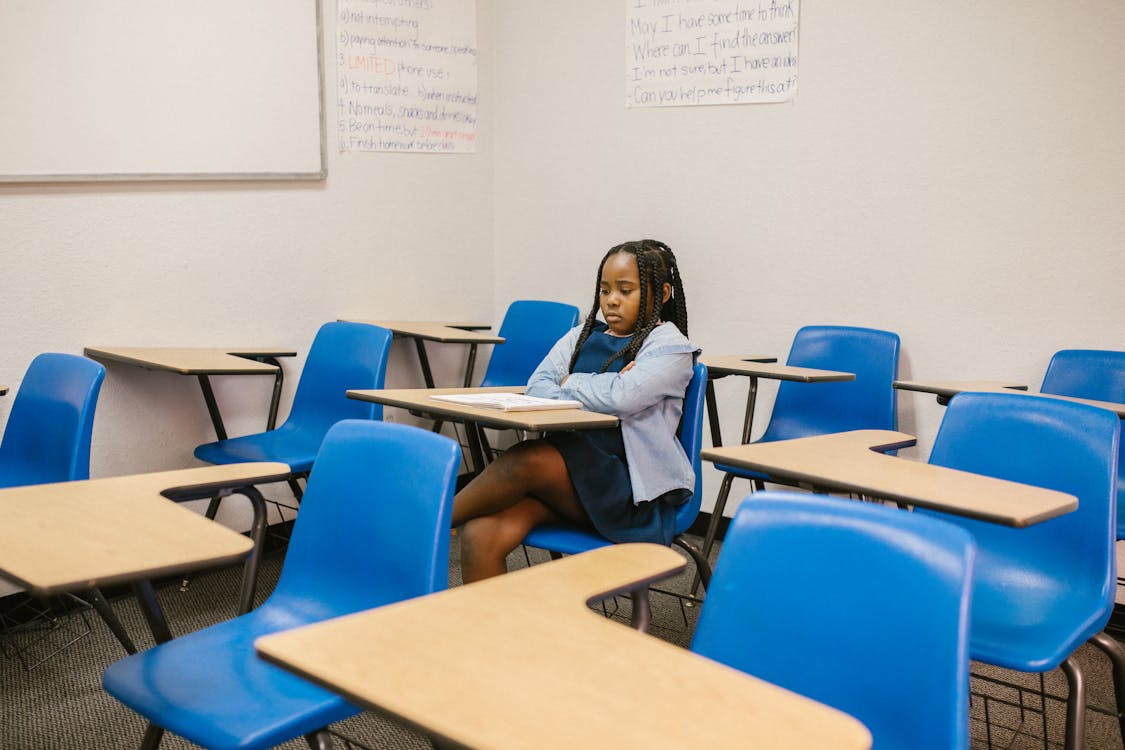
Apart from the research papers mentioned, numerous researchers have produced literature on the topic of bullying and the effects. Should one be interested in diving deeper into this field, it is very much encouraged that one acquaint himself with information about this social issue around all of us. Knowledge from a more informed understanding of the current situation serves as the basis for future contributions to alleviate and eventually diminish this social concern. Let us recognize victim’s struggles to better support them and prevent future generations from enduring the same abuse.
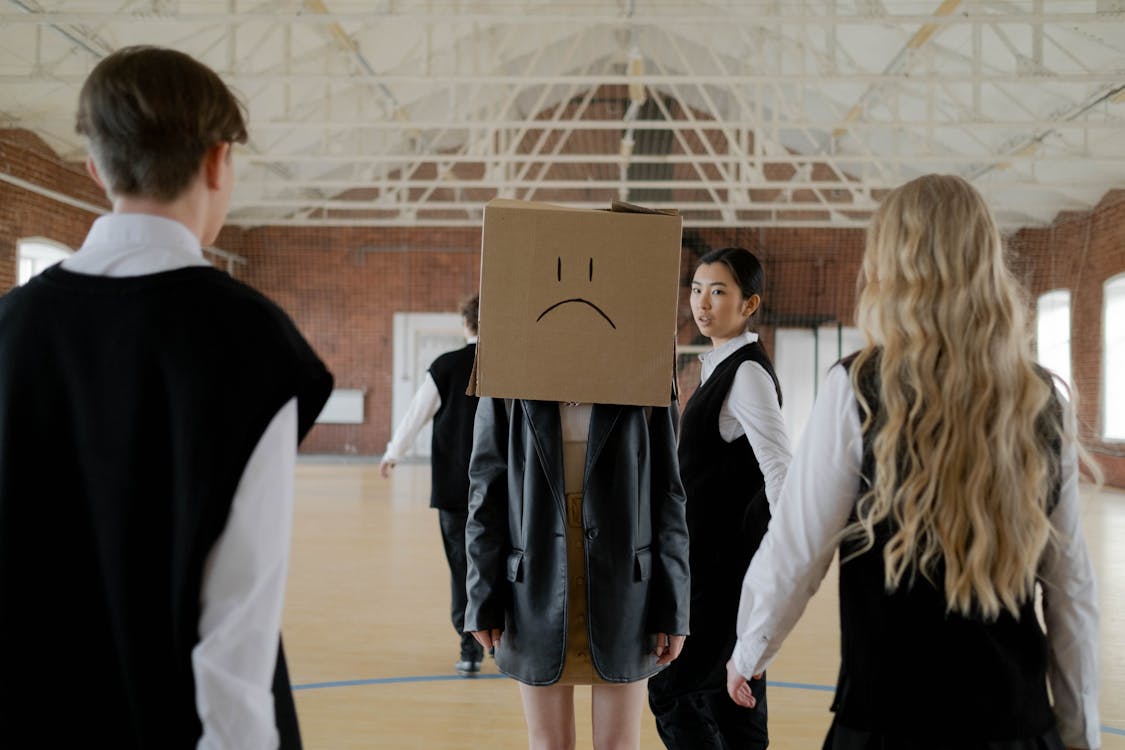
Sources:
https://www.thelancet.com/journals/lanpsy/article/PIIS2215-0366(15)00223-0/abstract?cc=y%3D
https://www.sciencedirect.com/science/article/pii/S1517758017300218
https://www.sciencedirect.com/science/article/abs/pii/S0272775707000635


